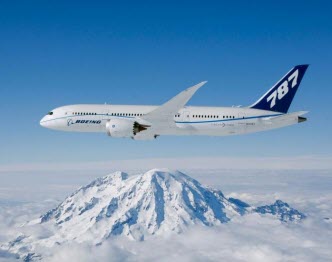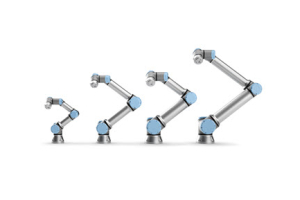
 When in flight, the air becomes thin, particularly at altitudes of 11 km above sea level. This is where modern pressure cabins and environmental control systems (ECS) come into play; they create and maintain a comfortable atmosphere in commercial aircraft. When Boeing was designing their 787 Dreamliner, they utilized a special air-conditioning system to improve passenger comfort for long distance flights. This air conditioning system used brushless maxon DC motors, spur gearheads, and resolver combinations to ensure a comfortable climate at high altitudes.
When in flight, the air becomes thin, particularly at altitudes of 11 km above sea level. This is where modern pressure cabins and environmental control systems (ECS) come into play; they create and maintain a comfortable atmosphere in commercial aircraft. When Boeing was designing their 787 Dreamliner, they utilized a special air-conditioning system to improve passenger comfort for long distance flights. This air conditioning system used brushless maxon DC motors, spur gearheads, and resolver combinations to ensure a comfortable climate at high altitudes.
Environmental Control Systems (ECS)
An Environmental Control System (ECS) consists of three main components: air exchange, pressure control, and temperature control. At high altitudes, you must create an atmosphere for your passengers with high enough air pressure, adequate oxygen supply, and a comfortable ambient temperature. These needs require a climate control system.
Air conditioning systems in aircraft differ from traditional air-conditioning systems in terms of both design and their energy source. Aircraft ACs require an energy source with much higher power capacity and they must meet higher safety requirements. Additionally, factors like temperature and humidity place a role in creating a comfortable environment. You must also consider the amount of oxygen required by a human and the number of seats on an aircraft. During the flight, aircraft air conditioning units are supplied with compressed air by the jet engines.
Pressurized cabins ensure the air pressure is at a level that is both comfortable and tolerable for passengers. During flight, the circumference of the aircraft expands due to pressure compensation. This puts stress on the airframe. As altitude increases, pressure in the cabin is slightly reduced. Passengers can experience an amplitude increase to approximately 2400 meters.
Boeing 787 Dreamliner
The Boeing 787 Dreamliner launched in 2011. Unlike any aircraft before it, its fuselage consists largely of carbon fiber. It offers an improved cabin atmosphere and different pressure conditions to make long-distance flights more comfortable for passengers. The corrosion-resistant shell of the aircraft allows 15% air humidity in the interior, instead of the standard 4%. Thus, its climate system works differently. Air is not drawn from the jet engines from the outside atmosphere. Rather, onboard electric motors power compressors to prepare the cabin air for a comfortable flight and the air conditioning system is operated entirely electronically.
maxon Motors for a Perfect Climate
Motors for aeronautic and astronautic applications have to withstand much greater temperatures and vibrations, have longer lifespans, and must be very reliable. In the Boeing 787, 48 maxon motors are at work within the climate control system. Specific motor modifications were made for the complex air conditioning system. Components include drives for the cabin ventilation, for cooling the electronics, and for closing and opening the air inlet on the outside of the aircraft. These motors have to withstand temperatures of -55˚C to +85˚C and vibrations during takeoff and landing.
The cabin ventilation system consists of 36 shut-off valves that are driven by maxon EC 45 flat motors. These motors achieve speeds of up to 20,000 rpm with an open design. They also offer excellent heat dissipation at high torques. The stator of the flat motors installed in the air conditioning system has been adapted. The printed circuit board has been modified with low-temperature Hall sensors, the motor has been given a special protective conformal coating, and a modified stator magnetic path prevents movement when the motor is unpowered to improve efficiency.
maxon motors play a crucial role in the Boeing 787’s improved air conditioning system. Electromate supplies maxon motors like those used in this application. Contact us today for a quote!





